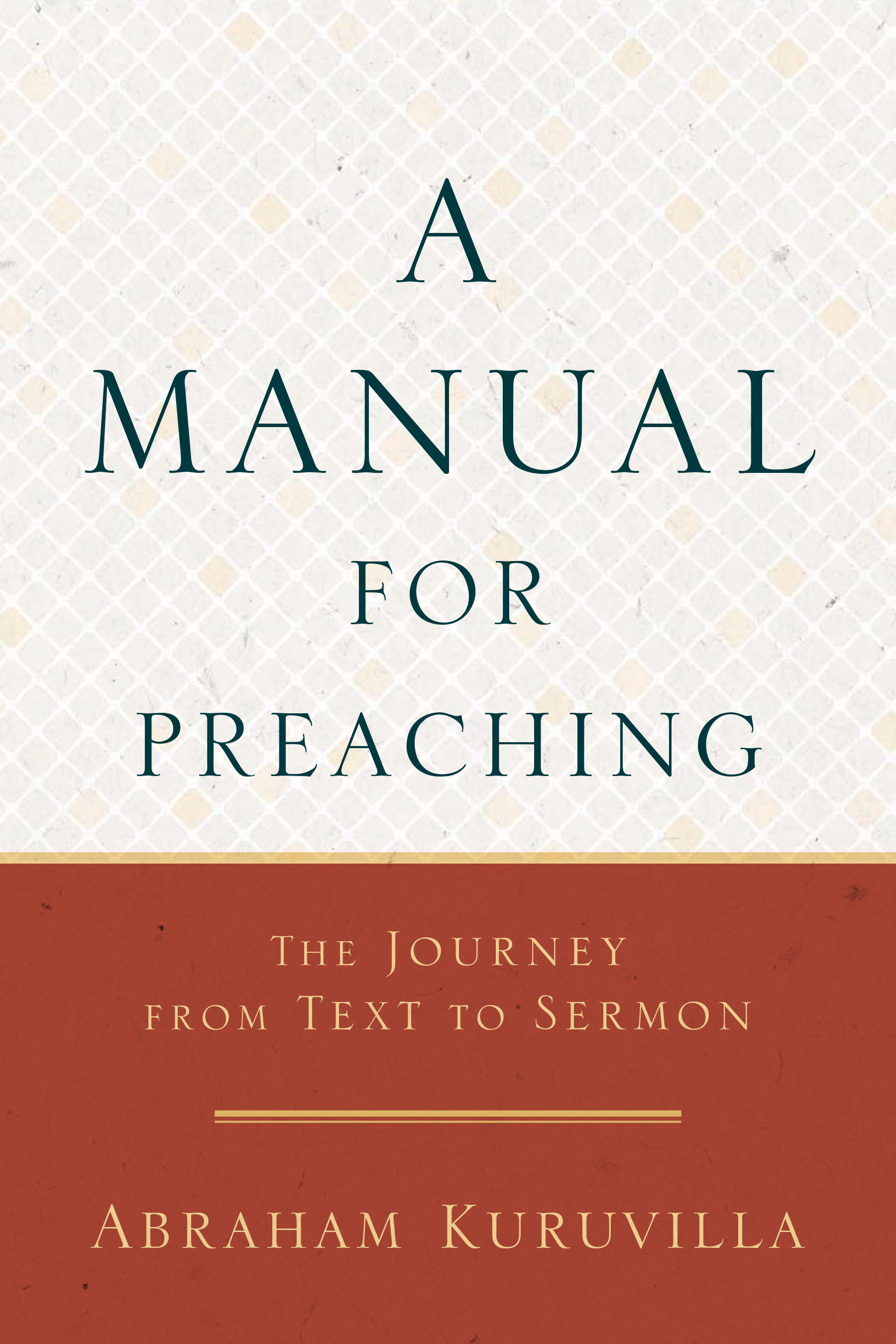Mark 4:35–5:20

Disciples’ faith in Jesus’ person and power enables them to fearlessly face natural and supernatural calamities.
“Who then is this, that even the wind and the sea obey Him?”
Mark 4:41
When you look at it, the story of the stilling of the storm is impressive in more ways than one. Yes, the miracle is truly awesome, but tempestuous sea and stormy wind are rendered almost demonic by Mark. The censure of the wind is as if it were an animate being, not to mention the specific command to the elements to be silent, as though they were—as someone said—“one unruly heckler.” But this “great” storm of Mark 4:37 becomes, at the rebuke of Jesus, a “great” calm in 4:39. The dramatic transition from storm to calm demonstrates the power of Jesus, a mighty act of God.
So, through the storm, Jesus can sleep—a drastic contrast to the utter panic of the Twelve. The irony of the carpenter who is in slumber while the fishermen are in shock is not lost on the reader.
One wonders how the disciples could have forgotten so quickly the compassionate actions and words of Jesus throughout the first four chapters of Mark’s Gospel (1:31, 34, 39, 41; 2:5, 17, 27; 3:5, 10). Jesus’ exclamation expresses his frustration: “Do you still not have faith?” (4:40). They had forgotten all they had seen, all they had heard, and all they had learnt thus far—theirs was an abysmal lack of faith in his power. Even after seeing an amazing miracle of nature wrought before their eyes as the storm is stilled, they remain “afraid with a great fear” (4:41) at the end of this episode. “Great” storm might become “great” calm, but all the disciples can produce is “great” fear (4:41)! And they respond to Jesus’ question about their faith with a question of their own, “Who is this?” (4:41).
Then there is the pathos of the story of the demoniac. His incredibly horrific state is depicted in the painstakingly detailed description of his habitat, diagnosis, uncontrollability, immense strength, shrieking, and self-mutilation—pitiful situation, indeed (5:2–6).
There is comedy here, too! The demons recognize Jesus as the “Son of God Most High” (5:7). And that provides the answer to the disciples’ question of 4:41, “Who is He …?” What irony! The disciples had, for all practical purposes, forgotten who Jesus was—they needed help to remember … from demons!
But here is a hero (apart from Jesus). While his own countrymen (5:14–17) and Jesus’ disciples are afraid, the healed demoniac, seemingly fearless, wants to go with Jesus: “that he may be with Him” (5:18). This request of the healed guy is reminiscent of the commissioning of the Twelve in 3:14, “that they might be with Him so that he might send them out to preach.” While no disciple has yet done anything of the sort, this man proceeds to obey Jesus perfectly: sent by Jesus, he begins to preach about what Jesus had mercifully done for him (5:19–20)—i.e., about Jesus’ power.
Which was precisely the information that that slipped the minds of the Twelve: forgetting Jesus’ power, they accused him of being merciless, an uncaring God, insensitive to their travails (4:38). Unlike them, there is no fear on the part of the ex-demoniac—a model disciple, the nameless, “thirteenth” member of the group, one who has faith in Jesus’ power and who proclaims it fearlessly.











 Abe Kuruvilla is the Carl E. Bates Professor of Christian Preaching at The Southern Baptist Theological Seminary (Louisville, KY), and a dermatologist in private practice. His passion is to explore, explain, and exemplify preaching.
Abe Kuruvilla is the Carl E. Bates Professor of Christian Preaching at The Southern Baptist Theological Seminary (Louisville, KY), and a dermatologist in private practice. His passion is to explore, explain, and exemplify preaching.